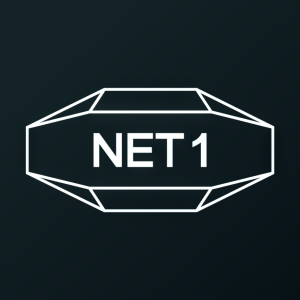LSAK posts $171.4M revenue, narrows loss to $4.4M in Q1
Lesaka Technologies (LSAK) filed its quarterly report, showing higher sales and a narrower loss. Revenue rose to $171.4 million from $153.6 million a year ago as the company grew across its segments. Operating results improved to a small operating income of $0.4 million from a slight loss, reflecting scale benefits but also higher depreciation and amortization tied to brand realignment.
Net loss was $4.4 million versus $4.5 million, or $0.05 per share compared with $0.07. Cash from operating activities turned positive at $8.9 million versus a $4.1 million outflow, aided by working capital and stronger collections. Cash and cash equivalents were $72.2 million as of September 30, 2025. Total assets stood at $652.9 million.
On the balance sheet, long-term borrowings were $195.5 million with an additional $12.6 million current portion, and $12.5 million was drawn on short‑term facilities. Goodwill was $205.0 million and intangible assets, net, were $134.7 million, with higher amortization reflecting the transition to the master brand “Lesaka.” Foreign currency translation gains lifted other comprehensive income, producing positive comprehensive income of $3.0 million despite the net loss.
Positive
- None.
Negative
- None.
Insights
Revenue grew and cash from operations improved, but losses persist.
Lesaka reported revenue of
Cash generation improved: operating cash flow was
Near-term outcomes hinge on sustaining revenue momentum and managing amortization and interest costs. The filing also notes foreign currency translation gains that supported comprehensive income in the quarter.







